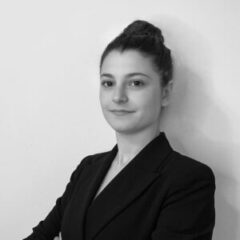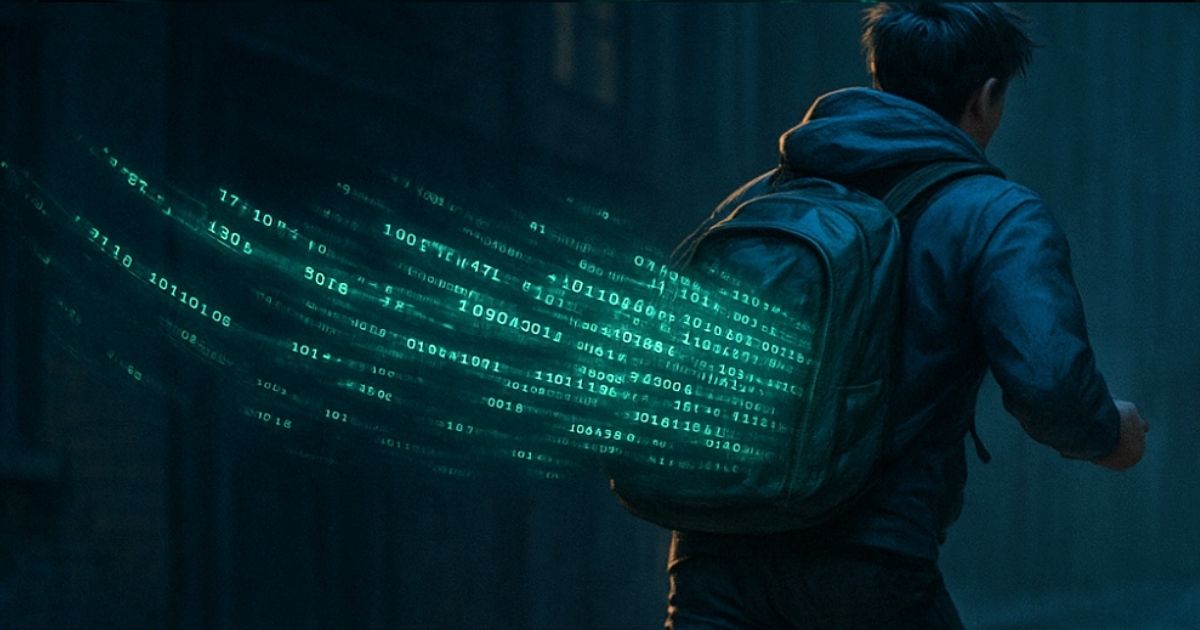Abstract
The Italian Supreme Court, with order no. 14098/2025, issued a decision of particular interest for companies that develop software and for those who handle confidential business information.
The case arose from a dispute between a company operating in the agricultural machinery sector and some former employees accused of having used source code and company data to develop competing software.
In this contribution, we try to understand to what extent knowledge and skills can be reused, and where instead copyright infringement or unfair competition comes into play.
Copyright protection of software
Software is not merely a technical tool, but a work of intellect protected by copyright.
Protection primarily concerns the source code, understood as a sequence of instructions readable by humans, but it also extends to the object code and preparatory works leading to the creation of the program, provided they have creative character.
Case law has clarified that protection does not cover the ideas and principles underlying the software, but only the expressive form through which such ideas are materialized in the program. The software owner enjoys a true legal monopoly over reproduction, translation, adaptation and modification of the program, distribution and commercialization of copies, as well as making it available on telematic networks (art. 64bis Law 633/1941 – Italian Copyright Law).
Software law is integrated with that provided by the Italian Industrial Property Code (Italian Legislative Decree 30/2005 – CPI), particularly regarding trade secrets. However, while industrial protection requires proof of secrecy and economic value of the information, art. 64bis of the Copyright Law operates automatically, without registration or formalities, from the very moment of the work’s creation.
What is meant by the “core nucleus” of software?
With order no. 14098/2025, the Supreme Court addressed a matter of great importance: the unauthorized use of software for machinery automation. The claimant company had noted that some former employees had used significant portions of its program to create new competing software, aimed at essentially identical products.
The lower courts had found infringement of the software, ordering the defendants to destroy the code and to pay damages. The Supreme Court fully confirmed this reconstruction, rejecting the appeal.
The Court reiterated that infringement may exist even when only a fragment of the program is copied, provided that it has autonomous functionality. The decisive concept is that of the “core nucleus”: the set of modules and components that guarantee the essential operability of the software. Therefore, it is not necessary to copy the entire code to incur liability. The Court specified that even partial duplication may violate copyright if it concerns significant and autonomous parts.
In the case at hand, infringement was confirmed because the two programs shared the same functional modules, with identical technical results and operability.
The boundary between what is reusable and what constitutes infringement is subtle. On the one hand, the law cannot prevent a worker from using their skills; on the other hand, it protects the creative and economic investment of the software rights holder.
Unfair competition through the use of former employer’s confidential information
The decision refers to art. 2598 of the Italian Civil Code, which sanctions as acts of unfair competition all conduct contrary to professional fairness, including those not expressly listed but capable of damaging another’s business.
In particular, no. 3 prohibits diversion of customers and the unlawful use of confidential information. Case law has consistently clarified that the absence of a non-compete agreement does not entitle a former employee to appropriate structured data, which exceeds the mnemonic abilities and experience of the individual.
The line between what is lawful and what is unlawful is thin. While it is lawful to use one’s skills and experience gained over time, it is unlawful to transfer to a new competitor an organized commercial database (customers, suppliers, economic conditions), since this confers an undue competitive advantage.
The Supreme Court considered the conduct of the former employees systematic and not episodic, emphasizing that it was not mere personal knowledge, but informational assets misappropriated from within the company.
Damage assessment: criteria and discretion
One of the central aspects of the dispute concerned the assessment of damages deriving from both software infringement and unfair competition. The appellant challenged the quantification made, arguing the absence of proof of lost revenue and the improper use of presumptive criteria. The Supreme Court, however, confirmed the appellate court’s rulings, reiterating the legitimacy of the chosen method.
Damage quantification in intellectual property matters may be carried out using different criteria:
- Art. 158 of the Copyright Law and art. 125 of the Italian Industrial Property Code, which regulate restitution of profits gained through infringement, or determination of damages on a flat-rate basis corresponding to what the infringer would have paid the rights holder to obtain authorization;
- Arts. 1223, 1226 and 1227 of the Italian Civil Code, which govern recoverable damages, equitable liquidation, and reduction of compensation for creditor’s contributory negligence.
In the present case, the appellate judge applied the multiples method on differential EBITDA, an economic-financial criterion that assesses the impact of the unlawful conduct on the company’s goodwill.
The role of the accounting experts (CTU) was fundamental, showing that the drop in turnover was not due to external factors but was closely linked to the defendants’ conduct.
This decision confirms that proof of damages does not always require precise accounting data, since the judge may resort to presumptive criteria, provided they are reasonable and well-founded.
How to reduce the risk of litigation in software and unfair competition matters
The Italian Supreme Court’s order shows how copyright and unfair competition law are increasingly intertwined in protecting software and business data.
It is important to distinguish between the legitimate reuse of skills and personal experience gained by the worker – which remain part of their professional background – and the unlawful appropriation of code, functional modules or company databases, which constitutes a violation of rights and liability.
For this reason, investment is needed not only in technology, but also in legal compliance and contractual instruments, such as confidentiality agreements, non-compete clauses, and software development tracking. This ensures that innovation becomes a competitive advantage rather than a source of litigation risk for both parties.
© Canella Camaiora S.t.A. S.r.l. - All rights reserved.
Publication date: 4 September 2025
Textual reproduction of the article is permitted, even for commercial purposes, within the limit of 15% of its entirety, provided that the source is clearly indicated. In the case of online reproduction, a link to the original article must be included. Unauthorised reproduction or paraphrasing without indication of source will be prosecuted.

Margherita Manca
Avvocato presso lo Studio Legale Canella Camaiora, iscritta all’Ordine degli Avvocati di Milano, si occupa di diritto industriale.
